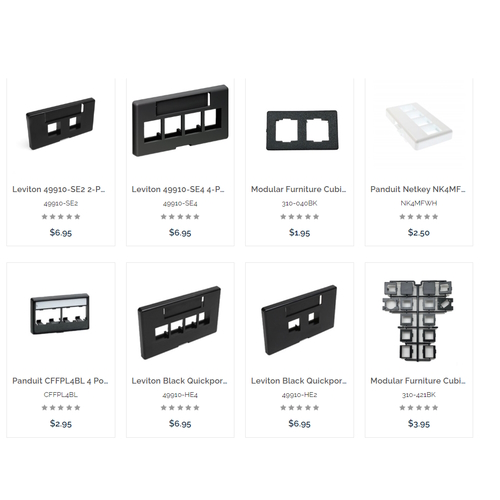- Different design philosophies: Each manufacturer has its own design philosophy, which influences the materials, components, and construction methods used in their modular furniture systems. This can result in differences in the size, shape, and placement of cubicle data plates, making it difficult to standardize on one type.
- Competitive advantage: Modular furniture manufacturers differentiate themselves from their competitors by offering unique features and designs. Standardizing on one type of cubicle data plate could limit their ability to innovate and differentiate themselves in the market.
- Client preferences: Modular furniture manufacturers often tailor their products to meet the specific needs and preferences of their clients. This can include customization of cubicle data plates to match the branding, aesthetics, and functionality of the client's workspace.
- Installation compatibility: Cubicle data plates are not the only component that needs to be standardized for interoperability. Other components, such as connectors, brackets, and fasteners, also need to be compatible to ensure seamless installation and functionality.
- Existing installations: Modular furniture systems are often installed in phases over several years, with new components and panels added to existing installations. Standardizing on one type of cubicle data plate could result in compatibility issues with older installations, which can be costly and disruptive to upgrade.

